PBAT vs. PLA: How To Know The Right Plastic?
Several advances have come up in recent years concerning more eco-friendly and compostable materials than prevailing plastic. PBAT vs PLA are two of the more traditional biopolymer systems however they have additional wonderful characteristics that encourage their use. These polymers are resource-based, flexible, and biodegradable providing suitable alternatives for a range of uses. If you are wondering which of the two plastics is better or any other distinctions that would make a difference, let’s introduce you to the main aspects that will help you make a choice and make the production process to be better right below!
1. Overview of Bioplastics and Their Importance
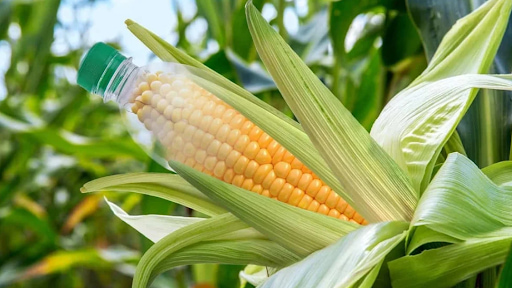
Bioplastics made of renewable raw materials, such as corn, sugarcane, or other biomass
Bioplastics are new materials that aim to reduce the ecological problems associated with traditional plastics. Made of renewable raw materials, such as corn, sugarcane, or other biomass, bioplastics represent an environmentally friendly alternative to plastics derived from fossil fuels. Depending on the composition and the production process of the material, biodegradable or non-biodegradable products could result. Bioplastics have been increasingly used in packaging, agriculture, and consumer goods, hence setting a trend toward sustainable manufacturing.
In the class of bioplastics, PBAT vs PLA remains the ultimate novelties in terms of different sustainable practical applications. In fact, both these materials play important roles in reducing greenhouse gas emissions. This is because they provide suitable alternativeness in the form of renewable and earthy plastics to curb wastes and reduce the use of fossil fuels. Furthermore, these materials help to facilitate changing production systems into more circular ones.
The importance of bioplastics need to be persisted in research and development to prevent plastic pollution and preserve the natural world.
Read more: What is PBAT plastic? Pros and cons of PBAT
Read more: PLA masterbatch - the future of the plastic industry
2. Comparison of PBAT vs. PLA
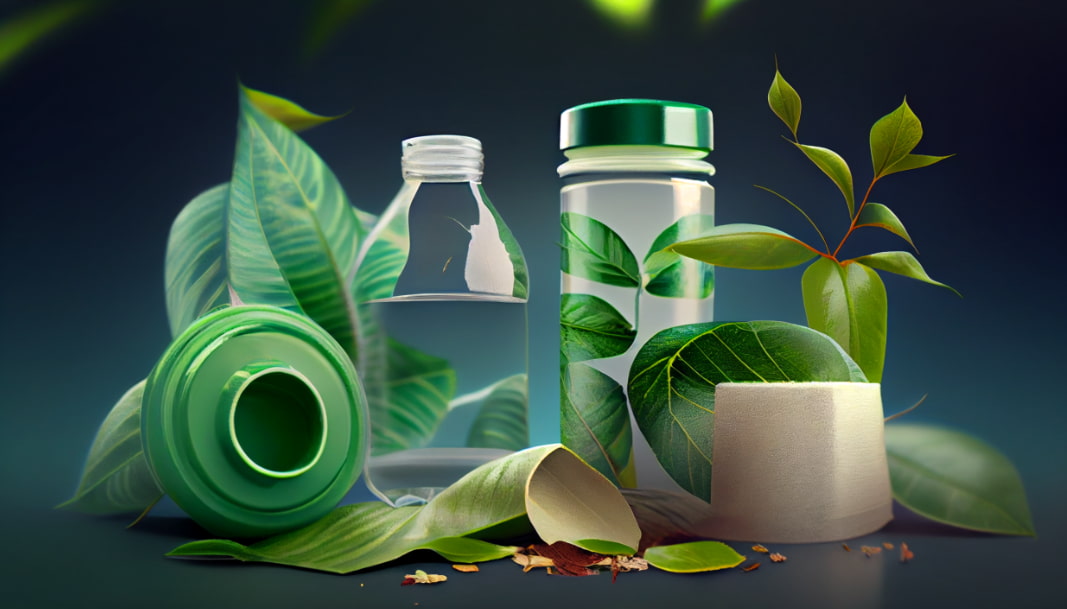
PBAT vs PLA both biodegrade, although they have different conditions that will be required for their decomposition
2.1. Flexibility
In this material properties between PBAT vs PLA, it can be considered that PBAT is suitable for the manufacture of products that require provision for both toughness and flexibility better than PLA. PBAT is extreme elongation and elasticity hence, it is capable of producing flexible filler products such as stretch films or compostable bags. While PLA is known for being strong, its less flexible and breakable properties limit them for applications that require flexible materials.
2.2. Biodegradability
PBAT vs PLA both biodegrade, although they have different conditions that will be required for their decomposition. Unlike other plastics, it has been shown that PBAT will not need any certain conditions like high temperature or humidity to deteriorate, as it does well in nature in soils or waters. On the other hand, the degradation of PLA can only occur with some form of assisted processes and in some environmental conditions like high temperature, humidity and microbial action. Because of PBAT’s landscape of biodegradability, it can be utilized in different regions without worrying about its effectiveness degrading.
2.3. Thermal Properties
When comparing PBAT vs PLA, it is noted that PBAT has the lower thermal resistance of the two polymers. In fact, PBAT is softer than PLA at about 150-160 degrees centigrade while PBAT has a melting point of 110-120 degrees centigrade. This implies that PLA will find applications where high temperatures are concerned like disposable takeaway coffee cups and food containers. The downside of PBAT is that due to its lower melting point it cannot be used in high temperature applications but enhances the ease of processing.
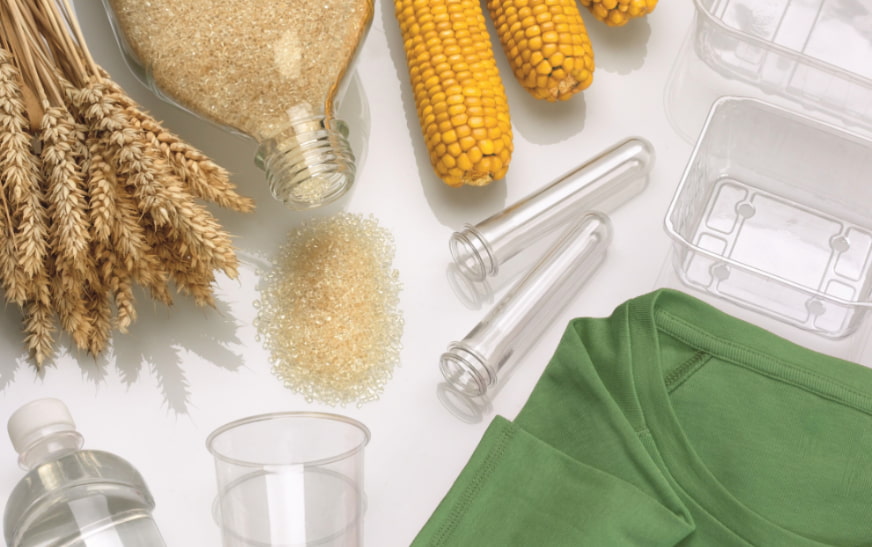
Manufacturers can combine PLA vs PBAT since the latter improves the quality of the composite
2.4. Transparency and Appearance
In addition, PLA is known to possess good transparency and a certain level of sheen which has made it one of the best applications in industries, especially food packing, owing to the visibility of the packed contents. In comparison, PBAT possesses a translucent matte finish which is less pleasing to the eye, making it appropriate for the applications where transparency is not central.
2.5. Tensile Strength
Generally about PBAT vs PLA, it can be seen that PBAT is a polymer that has good elongation and moderate tensile strength which appropriately applies to any products which are aimed to be stretched. In contrast, PLA has a better tensile strength but a much lower elongation, making it suited for producing non-elastic and loading bearing objects.
2.6. Sustainable Potential
PLA is derived from abundant biomolecules such as corn starch or sugarcane, which enhances its eco-friendly image and reduces carbon emissions. PBAT is also easy to process because it is biodegradable, however, since it is derived from petroleum, its sustainability is questionable. This is why PLA is often combined with PBAT because it improves the quality of the composite material without consuming too much non-renewable material.
2.7. Easy To Process
PBAT allows for easier extrusion and film-blowing owing to the inherent flexibility and a lower melting point of the material. While PLA is quite a bit more difficult to work with, it has superior molding and accuracy characteristics necessary for processes such as 3D printing and injection molding. The decision of whether to use PBAT vs PLA is greatly influenced by what temperatures are required for the production process and the characteristics of the final product.
3. Applications of PBAT vs. PLA
Two notable bioplastics are PBAT vs PLA which have a number of beneficial properties and special advantages that make them effective for many applications. These two materials both offer eco-friendly options of traditional plastic materials as their raw materials are developed from nature and can decompose. There are some popular applications of PBAT vs PLA:
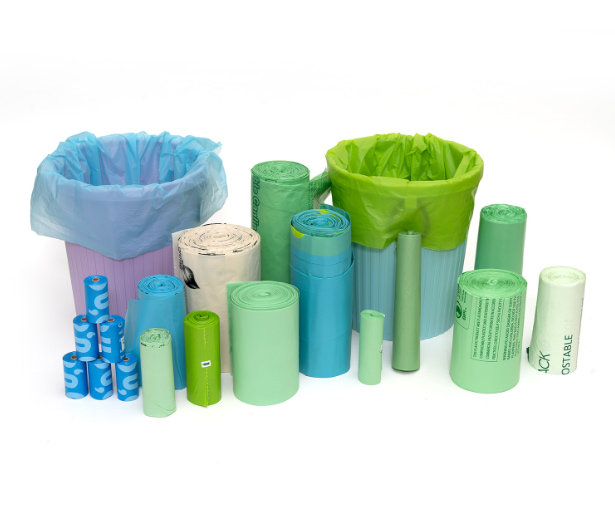
PBAT are good to be used on a daily basis due to their flexible and strong behavior
| PBAT vs. PLA |
PBAT |
PLA |
| Applications |
- Compostable bags: PBAT is the most widely used materials in making compostable bags such as shopping bags and garbage bags. These bags are famous at grocery shops and in houses where they are used to pack bio waste for proper disposal. They are good to be used on a daily basis due to their flexible and strong behavior but then again they are biodegradable hence quite helpful in the reduction of waste and pollution in the landfills.
- Agricultural Mulch Films: In agricultural mulch films, PBAT is used extensively. In agriculture, these films are employed to wet the soil, to help with moisture retention, and to act as a barrier to prevent the growth of weeds. Such films will biodegrade within the soil after a certain time, thereby eliminating the need for farmers to spend time and energy physically pulling them out. This contributes towards lessening the use of plastic materials in agriculture and over the years is beneficial to the soil.
- Flexible Packaging: PBAT is another material that is very popular when it comes to flexible packaging for example in food wraps and pouches. Thanks to its elastic properties, it acts as a good protective seal for items such as snacks, baked goods and fresh produce. These biodegradable solutions serve as a better option replacing the conventional non- biodegradable packaging materials which do cause harm to the environment.
- Disposable cutlery and tableware: Disposable plates, cutlery and cups are often produced using PBAT blends in combination with PLA polymers. Such blends can be found in use at various establishments such as restaurants and cafeterias or social events. They offer single use convenience while ensuring that such items do not scar the environment upon disposal.
- Medical Applications: PBAT is extensively used in medical safety measures including biodegradable sutures, bandages and sanitary materials. For instance, PBAT stitched in the skin into sutures gets absorbed after some time there is no need of taking them out. This helps keep the environment clean because less waste is generated in the health facilities and no compromise in patient care is experienced.
|
- Medical Implants and Devices: This means that PLA can be used for temporary implants and devices without the fear of side effects. Suture materials, bone screws and plates, or drug-eluting stents are typical examples. Designed PLA implants degrade over time, naturally absorbing into the body after their purpose has been served. This eliminates the need for wasting resources on additional procedures for removal and helps in faster recovery of the patients. This property not only reduces the medical waste but also assures the safety and comfort of the patients. Its high demand in the healthcare sector speaks volumes on its ability to address patients’ needs in an environmentally sound manner.
- Food packaging: Thanks to its high stability and its properties, PLA is highly perfect and common in food packaging materials. Containers, clamshells, and cup lids use this material. For example, in deli counters, ready PLA containers are on display or boxes are supplied for take-away services. They are also translucent for better appreciation of the food inside gravity, moreover, they also degrade in nature hence everyone's concern about plastic pollution in food services is checked.
- Disposable products: Due to its high biocompatibility, PLA has also found great applications in disposable tableware making; plates, spoons, cups, straws, etc. For instance more restaurants and cafes are doing away with plastic straws and using PLA straws instead. These products serve their purpose well, providing a much-needed relief from their use while contributing to environmental consciousness by being biodegradable.
- Textile and fiber applications: PLA finds numerous applications in the production of textile and fiber goods including garment and furniture coverings as well as non-woven textiles. For instance, PLA fibers are used to produce environmentally friendly garments as well as cloth bags that can be used many times. These applications aim to cut down on the pollution produced by the textile industry thanks to PLA’s toughness and the fact that it does not remain in the environment indefinitely.
- Electronics and Consumer Goods: PLA has found its way into most of the consumer electronic devices, for instance, the shells of gadgets and even household equipment. It is a pretty good alternative to the traditional electronic structural parts because of its stiffness, easy to form and safety. They also aim to use PLA in the development of design for strength to weight ratio improvement as well as making the elements biodegradable.
|
4. Which Plastic Should You Choose?
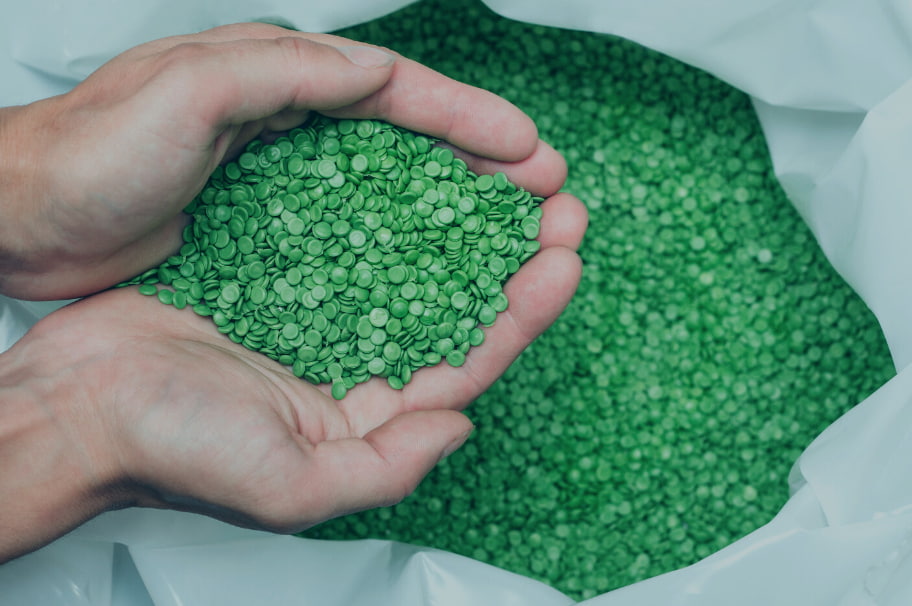
PBAT vs PLA are important because of their capability to minimize the negative effects of plastic waste
When it comes to choosing between PBAT vs PLA, both materials have considerable advantages, but the right choice is determined by the context of use and environmental objectives.
When deciding about PBAT vs PLA, focus on the characteristics of the material that would be required for your product. For instance, in case you are looking for a polymer that is flexible yet has a low expectancy of environmental permanence, PBAT is possibly the best candidate. Yet, in the case when a material is required that exhibits high rigidity, being clear, and also having good heat resistance, it is evident that PLA would be the answer.
In addition to these, whether or not the bioplastics lessen the plastic waste also does not impact very much on which one is picked. As these bioplastics help in reducing plastic wastes, it should be noted that in which one lasts for shorter periods should not be the only determining aspect.
5. Conclusion
In conclusion, these two materials PBAT vs PLA are important because of their capability to minimize the negative effects of plastic waste, by being biodegradable and made from renewable resources. On one hand, PBAT is well-suited for non-rigid , while on the other hand, PLA is best preferred in hard applications. The particular material chosen is subjectively based on the details of the product that include factors such as flexibility, strength, biodegradability, among others, and the ambient conditions. With the changing times and rise in the population, more sustainable alternatives are required, hence it is very essential to continue growing and developing bioplastics such as PBAT vs PLA them in such a way of more efficient and less costly for the widespread use in the coming years.
6. About EuroPlas’ Bioplastics

EuroPlas’s BiONext t is a biodegradable biological compound with outstanding mechanical properties
EuroPlas is proud to be a leading supplier of plastic materials in the world. We are also on the continuous research journey of developing high quality Bioplastics.
Developed exclusively by EuroPlas, BiONext is a biodegradable biological compound with outstanding mechanical properties. The product is manufactured from renewable materials such as polylactic acid (PLA) and polyhydroxyalkanoate (phase), plants (corn, palm oil, potatoes). In addition, biodegradable bio -biological beads also possess superior mechanical properties such as high hardness, excellent impact durability, good extension with glossy, beautiful surface and easy processing ability. Some typical Bionext products are:
Complete products made from biont biological compounds can easily decompose within 12 months. BiONext biomass after decomposition can continue to be used as agricultural fertilizer, thus creating a circulatory life cycle for the product. This is the premise for sustainable development for the foundation of the ecosystem and environmentally friendly.
Europlas ensures that our biological production process is always strictly controlled to meet all requirements. Let's contact EuroPlas today for a green project in the future!